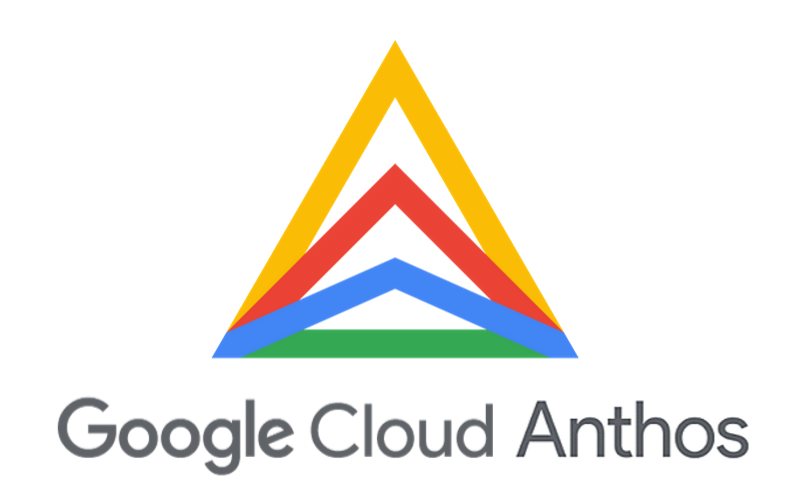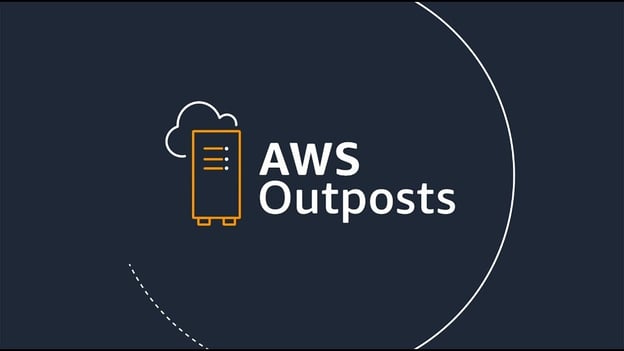November 12
As cloud computing services continue to evolve, organizations have begun to explore different infrastructure environments to support their IT strategy. For some companies, a full migration to the cloud is not only optimal, but necessary from a business standpoint. Executed properly, a public cloud deployment can deliver tremendous cost savings from an operations standpoint.
At a certain scale, however, a law of diminishing returns sets in, resulting in enterprises spending millions on cloud infrastructure they don’t actually need. For these enterprises, maintaining some form of optimized physical infrastructure, whether it’s an on-premises solution or a colocation deployment, for its core applications can make a lot of sense.
The Appeal of Hybrid Cloud
But even for companies that continue to store data and run programs on bare metal servers, cloud computing still has a lot of appeal due to its flexibility and scalability. This has led to the development of hybrid cloud deployments, which is a unique IT strategy that integrates a private on-premises or cloud deployment with a public cloud environment. In essence, hybrid clouds provide enterprise infrastructure with easy access to scalable public cloud resources. They are an appealing option for organizations that aren’t ready to make a full transition to the cloud or for industries that face specific regulatory requirements for handling their data.
The flexibility of hybrid clouds (and their close cousins, multi-clouds) really shines in a data center environment, where colocated servers running private cloud environments can easily connect to any number of public cloud providers through cross connections or software-defined networks. Of course, in order to take full advantage of these deployments, organizations needed to both have their own servers and be willing to migrate them into a colocation facility.
The Big Three’s Embrace of Hybrid Cloud
All of that changed rather dramatically in 2018 when two of the world’s biggest public cloud providers, Google and Amazon Web Services (AWS), rolled out an expansion of their cloud services that would incorporate hybrid cloud deployments. Microsoft followed suit in 2019, although the Azure platform had technically already been a major player in the hybrid cloud space since 2016 with the innovative Azure Stack service.
Organizations looking to build a reliable and highly secure hybrid cloud framework that will help them easily integrate their private environment with public cloud resources can now look to three of the most trusted providers to get underway. However, each cloud service takes a slightly different approach to hybrid, so it’s important to understand how they work (and how they differ) before making a commitment.
What is AWS Outposts?
Simultaneously innovative and rather traditional, AWS Outposts is a managed service that delivers pre-configured AWS hardware to customers that can be installed on-premises or within a colocation environment. This hardware runs the same software as the custom servers in AWS data centers, which allows it to natively run AWS compute and storage services. In essence, AWS is helping organizations to build their hybrid cloud by providing both the cloud component and the on-prem component.
There are some obvious limitations to this approach. First and foremost, it isn’t very helpful for companies that need a true multi-cloud deployment that delivers access to multiple cloud providers over a single pane of glass. There’s also a question of who the service is actually for. Enterprises that would most benefit from the service typically already have significant hardware investments, while smaller firms may not be willing to take on the burden of managing infrastructure on-prem or through a colocation provider.
At the same time, there are tremendous performance benefits to be had with a hybrid tech stack powered by AWS. Apart from reducing latency and streamlining configurations, AWS Outposts also simplifies IT governance. These factors could make it very appealing for an organization that still requires many of their workloads to be located on private servers.
What is Google Anthos?

Easily the most open-source friendly of the major hybrid cloud offerings, Google Anthos uses Kubernetes to manage applications across multiple environments. The hardware agnostic service can be run on physical servers or virtual machine deployments, making it suitable for just about any deployment. Interoperability is a core feature of Google Anthos. Customers can deploy, run, and manage their applications in whatever cloud service they like, all while managing them from a single control plane powered by Google Cloud.
All that flexibility, however, can sometimes be a drawback for organizations that prefer to have a bit more uniformity to their tech stack. For a larger enterprise that needs to use a true multi-cloud, Google Anthos can significantly streamline IT management, but for a smaller company that needs to link their on-prem environment to a single cloud provider, much of the interoperability potential is wasted. With its heavy emphasis on Kubernetes, Google Anthos may not be quite as useful for developers who aren’t making heavy use of containerization strategies.
The overall versatility of Google Anthos still makes it a very attractive choice, especially for companies that plan to scale in the future but aren’t yet committed to a cloud strategy. By pairing true interoperability with Google’s impressive collection of cloud tools, they can easily accommodate almost any platform as their hybrid cloud infrastructure grows.
What is Microsoft Azure Arc?
Punchlines about Microsoft being a lumbering dinosaur have been out of step with reality since at least 2008, which was when the Azure cloud service first launched (although it was called Windows Azure until 2012). It’s fitting, then, that Microsoft made an early entrance into the hybrid market with Azure Stack in 2016, which allowed Azure customers to utilize the platform’s cloud services from their own infrastructure. In most cases, that meant being able to easily move applications and data between cloud and on-prem environments. It was an exciting option for organizations that were already using Azure or Microsoft tools (such as .NET development frameworks), but it didn’t offer much to customers on competing platforms.
All of that changed with the development of Azure Arc, which added a multi-cloud management layer to the Azure Stack. This addition allows organizations to extend their Azure control plane into other public cloud platforms like AWS and Google Cloud. Like Google Anthos, Azure Arc can easily manage Kubernetes clusters across multiple environments, but Microsoft’s offering is much better at supporting virtual machines and SQL databases.
That versatility brings a fair amount of complexity along with it. The Infrastructure-as-a-Service (IaaS) nature of Azure can sometimes make it a challenge to manage for an IT team with limited resources. As with many other Microsoft services, it’s often a better fit for an enterprise with diverse technology needs and the budget to implement them properly. On the other hand, Azure Arc is ideal for a company with legacy infrastructure that’s looking to begin its transition to the cloud with a secure, reliable service.
Which Hybrid Cloud is Right for Your Business?
Selecting the ideal hybrid cloud environment primarily depends upon your existing IT needs and your future technology ambitions. Building a cloud strategy that has the power to meet the demands of the moment and the flexibility to accommodate the future can be challenging, especially when your deployment must accommodate legacy infrastructure or meet critical compliance requirements.
Evoque Data Center Solutions helps organizations of all sizes and industries find the cloud environment that’s right for their business needs. Whether it’s a colocation deployment that connects to a cloud provider or a purely cloud-based hybrid environment, our data center specialists and cloud consultants can provide you with the guidance and resources you need to build a dynamic IT architecture that supports your digital transformation. Talk to one of our solutions experts today to get started on your cloud journey.







